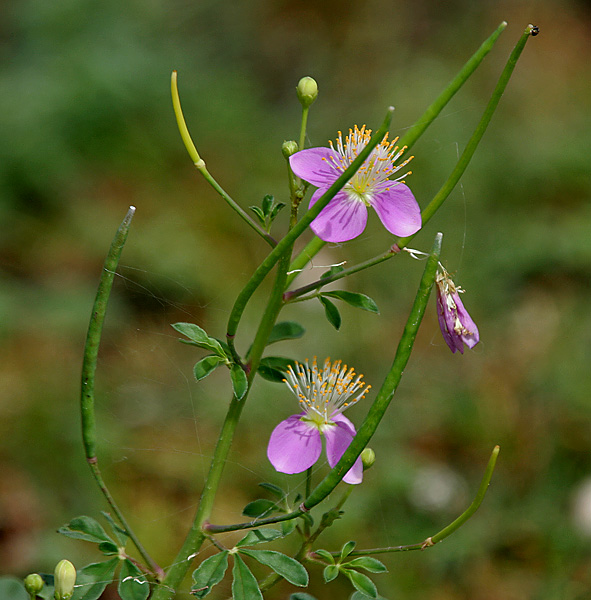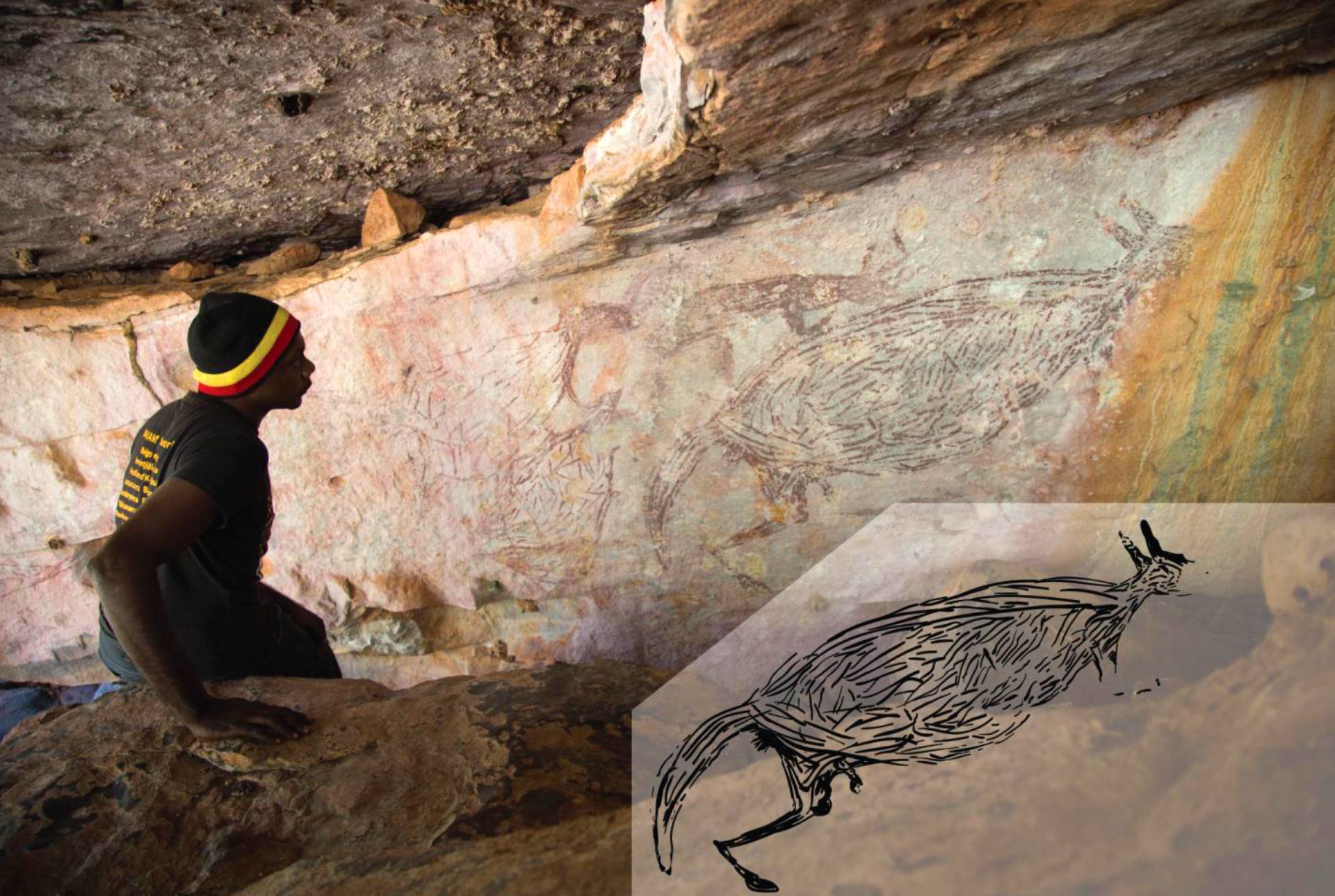|
Justago
''Cleome cleomoides'', commonly known as Justago, is a species of plant in the Cleomaceae family and is found in Western Australia. The aromatic viscid, erect to spreading herb typically grows to a height of . It blooms between January and June producing yellow flowers. It is found on sandstone ridges and outcrops throughout much of the Kimberley Kimberly or Kimberley may refer to: Places and historical events Australia Queensland * Kimberley, Queensland, a coastal locality in the Shire of Douglas South Australia * County of Kimberley, a cadastral unit in South Australia Ta ... region of Western Australia where it grows in sandy soils. References {{Taxonbar, from=Q15528531 cleomoides Plants described in 1982 Flora of Western Australia Taxa named by Ferdinand von Mueller ... [...More Info...] [...Related Items...] OR: [Wikipedia] [Google] [Baidu] |
Cleome
''Cleome'' is a genus of flowering plants in the family Cleomaceae, commonly known as spider flowers, spider plants, spider weeds, or bee plants. Previously, it had been placed in the family Capparaceae, until DNA studies found the Cleomaceae genera to be more closely related to the Brassicaceae than the Capparaceae. Cleome and clammyweed (''Polanisia dodecandra'') can sometimes be confused. The genus ''sensu stricto'' includes about 170 species of herbaceous annual or perennial plants and shrubs.Huxley, A., ed. (1992). ''New RHS Dictionary of Gardening'' 1: 652-653. Macmillan. . The genus has a subcosmopolitan distribution throughout the tropical and warm temperate regions of the world. However, a recent DNA study failed to separate ''Cleome'', '' Podandrogyne'', and '' Polanisia'' from each other, so some taxonomists have abandoned the last two of these genera, treating them as part of ''Cleome'' ''sensu lato''; in this case, ''Cleome'' contains about 275 species, the vast ma ... [...More Info...] [...Related Items...] OR: [Wikipedia] [Google] [Baidu] |
Cleomaceae
The Cleomaceae are a small family of flowering plants in the order Brassicales, comprising about 220 species in two genera, '' Cleome'' and '' Cleomella''. These genera were previously included in the family Capparaceae, but were raised to a distinct family when DNA evidence suggested the genera included in it are more closely related to the Brassicaceae than they are to the Capparaceae. The APG II system allows for Cleomaceae to be included in Brassicaceae.Stevens, P. F. (2001 onwards) Angiosperm Phylogeny WebsiteBrassicales Cleomaceae includes C3, C3–C4, and C4 photosynthesis species. Taxonomy In 1994, a group of scientists including Walter Stephen Judd suggested to merge the Capparaceae (which at that time included the Cleomaceae) with the Brassicaceae. Early DNA-analysis showed that the Capparaceae - as defined at that moment - were paraphyletic, and others suggested to assign the genera closest to the Brassicaceae to the Cleomaceae. The Cleomaceae and Brassicaceae diverg ... [...More Info...] [...Related Items...] OR: [Wikipedia] [Google] [Baidu] |
Sandstone
Sandstone is a Clastic rock#Sedimentary clastic rocks, clastic sedimentary rock composed mainly of grain size, sand-sized (0.0625 to 2 mm) silicate mineral, silicate grains, Cementation (geology), cemented together by another mineral. Sandstones comprise about 20–25% of all sedimentary rocks. Most sandstone is composed of quartz or feldspar, because they are the most resistant minerals to the weathering processes at the Earth's surface. Like uncemented sand, sandstone may be imparted any color by impurities within the minerals, but the most common colors are tan, brown, yellow, red, grey, pink, white, and black. Because sandstone beds can form highly visible cliffs and other topography, topographic features, certain colors of sandstone have become strongly identified with certain regions, such as the red rock deserts of Arches National Park and other areas of the Southwestern United States, American Southwest. Rock formations composed of sandstone usually allow the p ... [...More Info...] [...Related Items...] OR: [Wikipedia] [Google] [Baidu] |
Kimberley (Western Australia)
The Kimberley is the northernmost of the nine regions of Western Australia. It is bordered on the west by the Indian Ocean, on the north by the Timor Sea, on the south by the Great Sandy Desert, Great Sandy and Tanami Desert, Tanami deserts in the region of the Pilbara, and on the east by the Northern Territory. The region was named in 1879 by government surveyor Alexander Forrest after Secretary of State for the Colonies John Wodehouse, 1st Earl of Kimberley. History The Kimberley was one of the earliest settled parts of Australia, with the first humans landing about 65,000 years ago. They created a complex culture that developed over thousands of years. Yam (vegetable), Yam (''Dioscorea hastifolia'') agriculture was developed, and rock art suggests that this was where some of the earliest boomerangs were invented. The worship of Wandjina deities was most common in this region, and a complex theology dealing with the transmigration of souls was part of the local people's religi ... [...More Info...] [...Related Items...] OR: [Wikipedia] [Google] [Baidu] |
Plants Described In 1982
Plants are the eukaryotes that form the kingdom Plantae; they are predominantly photosynthetic. This means that they obtain their energy from sunlight, using chloroplasts derived from endosymbiosis with cyanobacteria to produce sugars from carbon dioxide and water, using the green pigment chlorophyll. Exceptions are parasitic plants that have lost the genes for chlorophyll and photosynthesis, and obtain their energy from other plants or fungi. Most plants are multicellular, except for some green algae. Historically, as in Aristotle's biology, the plant kingdom encompassed all living things that were not animals, and included algae and fungi. Definitions have narrowed since then; current definitions exclude fungi and some of the algae. By the definition used in this article, plants form the clade Viridiplantae (green plants), which consists of the green algae and the embryophytes or land plants ( hornworts, liverworts, mosses, lycophytes, ferns, conifers and other gymno ... [...More Info...] [...Related Items...] OR: [Wikipedia] [Google] [Baidu] |
Flora Of Western Australia
The flora of Western Australia comprises 10,842 published native vascular plant species and a further 1,030 unpublished species. They occur within 1,543 genus, genera from 211 Family (biology), families; there are also 1,335 naturalised alien or invasive plant species more commonly known as weeds. There are an estimated 150,000 cryptogam species or nonvascular plants which include lichens, and fungi although only 1,786 species have been published, with 948 algae and 672 lichen the majority. History Indigenous Australians have a long history with the flora of Western Australia. They have for over 50,000 years obtained detailed information on most plants. The information includes its uses as sources for food, shelter, tools and medicine. As Indigenous Australians passed the knowledge along orally or by example, most of this information has been lost, along many of the names they gave the flora. It was not until Europeans started to explore Western Australia that systematic written de ... [...More Info...] [...Related Items...] OR: [Wikipedia] [Google] [Baidu] |




